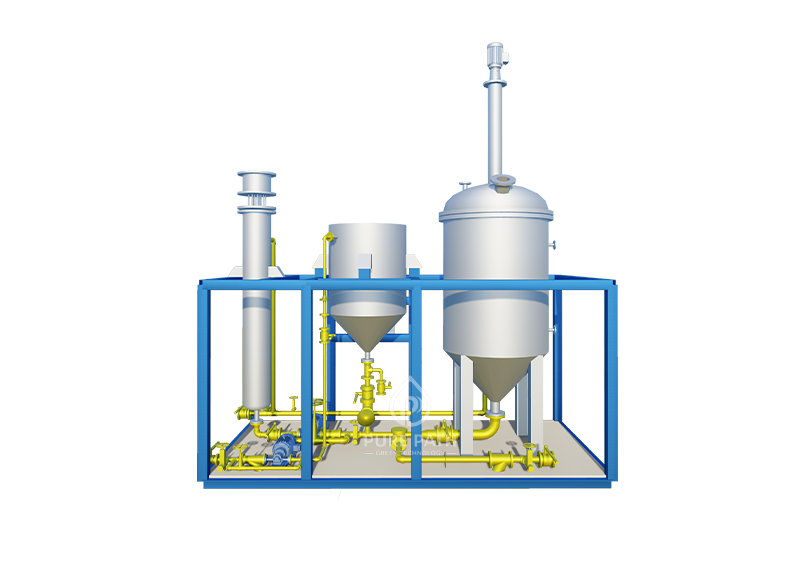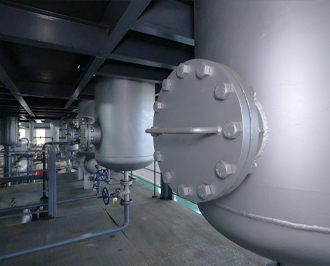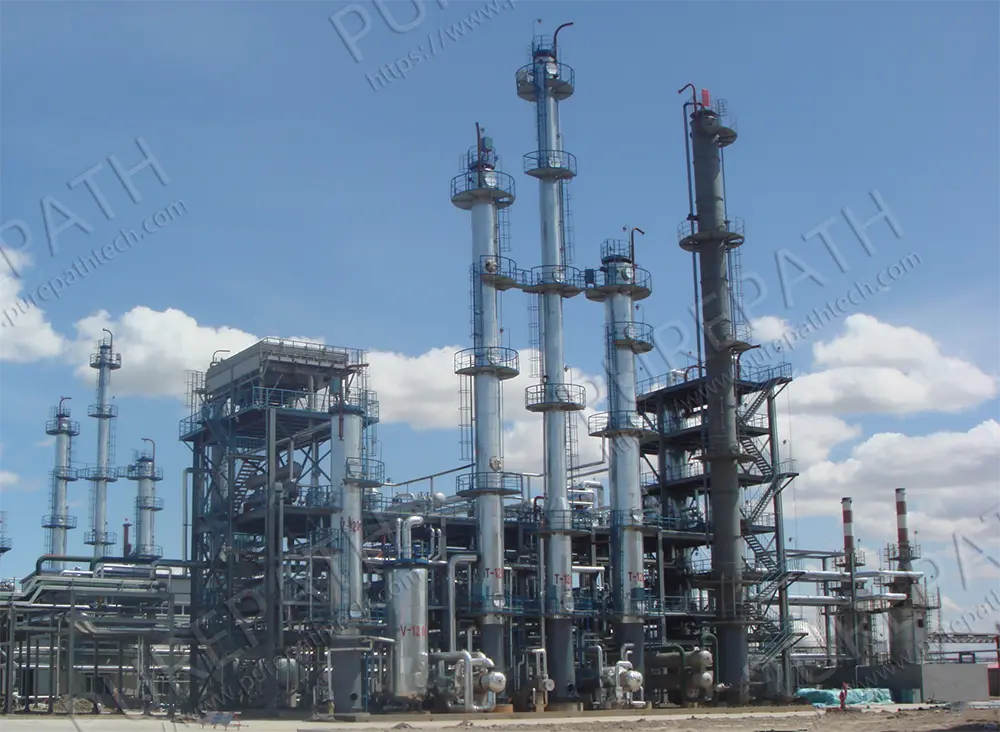2025 Top Petroleum Testing Standards You Should Know
As a manufacturer deeply involved in the design and production of petroleum testing equipment, we understand how critical standard compliance is for our clients across refineries, laboratories, and research facilities. Every test, whether for viscosity, flash point, or distillation, has a direct impact on product quality, safety, and operational reliability.
In 2025, the petroleum industry continues to evolve under tighter environmental regulations and growing demands for energy efficiency. This means that laboratories and testing engineers must stay aligned with the latest updates from ASTM, ISO, and IP — the three major organizations that define how petroleum and crude oil testing equipment should perform to ensure accuracy and consistency.
Why Petroleum Testing Standards Matter for the Petroleum Industry
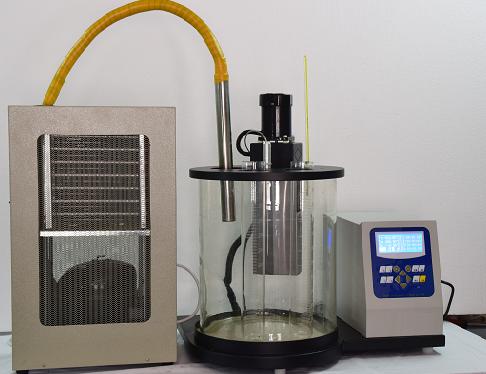
In the petroleum industry, accurate and reliable testing is of great significance for ensuring product quality, operational safety, and regulatory compliance. Standards developed by organizations such as ASTM, ISO, and IP provide a framework for consistent and repeatable testing, guiding laboratories on how to measure and report the properties of fuels, lubricating oils, and crude oils.
If these standards are not followed, the results from different laboratories may vary, which may lead to product nonconformity, failure to pass quality audit, and operational errors. For laboratories and refineries, the use of petroleum testing equipment and crude oil testing equipment designed in accordance with these standards can ensure that every measurement of the oil index is accurate.
Equipment that meets recognized standards can not only enhance accuracy but also improve the efficiency of work processes. In 2025, compliance with ASTM, ISO, and IP standards will not only be a regulatory requirement, but also a commitment to quality, safety, and credibility in a highly competitive industry.
Overview of the Main Petroleum Testing Standards in 2025
In 2025, the petroleum industry continues to rely on established testing standards to ensure accuracy, safety, and international consistency. Laboratories, refineries, and quality control teams depend on these standards not only to verify product specifications but also to maintain compliance with global regulations. The three primary authorities—ASTM, ISO, and IP—define how petroleum testing equipment and crude oil testing equipment should perform, ensuring results are reliable and reproducible across markets.
ASTM (American Society for Testing and Materials)
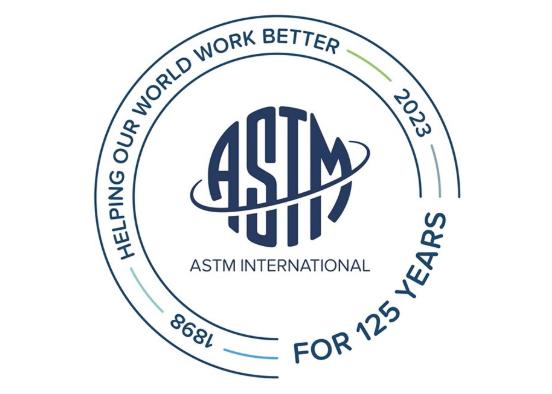
ASTM standards remain widely recognized in North America and in industries that adopt American testing protocols. These standards cover a broad range of petroleum products, from crude oil to refined fuels and lubricants. Some of the most frequently applied methods in 2025 include:
- ASTM D86 – Distillation of Petroleum Products
- ASTM D445 – Kinematic Viscosity of Liquids
- ASTM D97 – Pour Point of Petroleum Products
- ASTM D1298 – Density, Relative Density (API Gravity) of Crude Petroleum
Modern petroleum testing equipment is often engineered specifically to comply with these standards. As a manufacturer, we integrate ASTM-compliant protocols into our instruments’ software and calibration systems, ensuring that laboratories can deliver accurate, repeatable results while minimizing human error.
ISO (International Organization for Standardization)
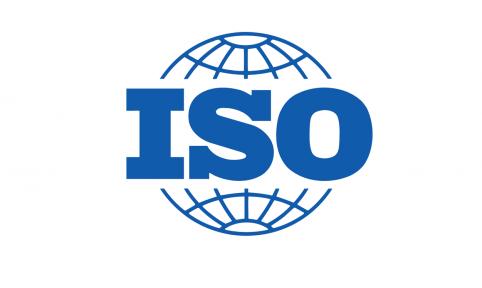
ISO standards play a critical role in international trade and global laboratory interoperability. These methods harmonize test procedures across countries, providing a common language for petroleum product analysis. Key ISO standards widely used in 2025 include:
- ISO 3170 – Manual Sampling of Petroleum Liquids
- ISO 2719 – Determination of Flash Point (Pensky-Martens Method)
- ISO 2909 – Calculation of Viscosity Index from Kinematic Viscosity
For laboratories handling both domestic and international clients, using crude oil testing equipment that meets ISO standards ensures that results are globally recognized. Our experience shows that ISO-compliant instruments help laboratories achieve consistent performance, reduce calibration discrepancies, and maintain confidence in their data across borders.
IP (Institute of Petroleum)
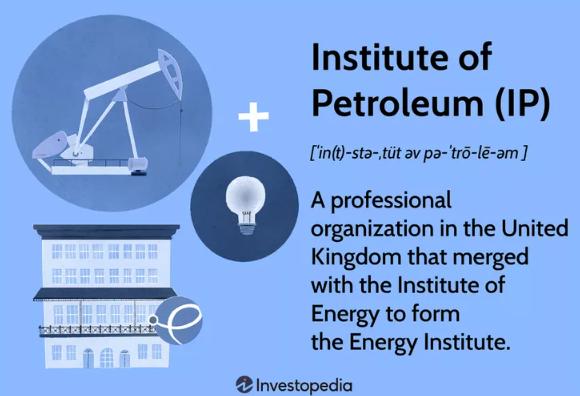
The UK-based Institute of Petroleum (IP) standards, now maintained by the Energy Institute (EI), are widely applied in Europe, the Middle East, and Asia. IP standards often complement ASTM and ISO methods but may include additional guidance tailored to regional regulatory or product-specific requirements. Common IP methods include:
- IP 19 – Determination of Water Content by Distillation
- IP 123 – Determination of Density by Hydrometer
- IP 170 – Determination of Carbon Residue
Many modern petroleum testing equipment models support multi-standard operation, allowing laboratories to perform ASTM, ISO, and IP tests on the same instrument. This flexibility is particularly valuable for refining and distribution companies that operate across multiple markets, as it reduces equipment costs while ensuring compliance with diverse standards.
Types of Petroleum Testing Equipment for ASTM, ISO, and IP Compliance
To reliably meet ASTM, ISO, and IP standards, laboratories and refineries require specialized petroleum testing equipment. Using instruments engineered for standardized test methods ensures that results are accurate, traceable, and consistent across different facilities and markets.
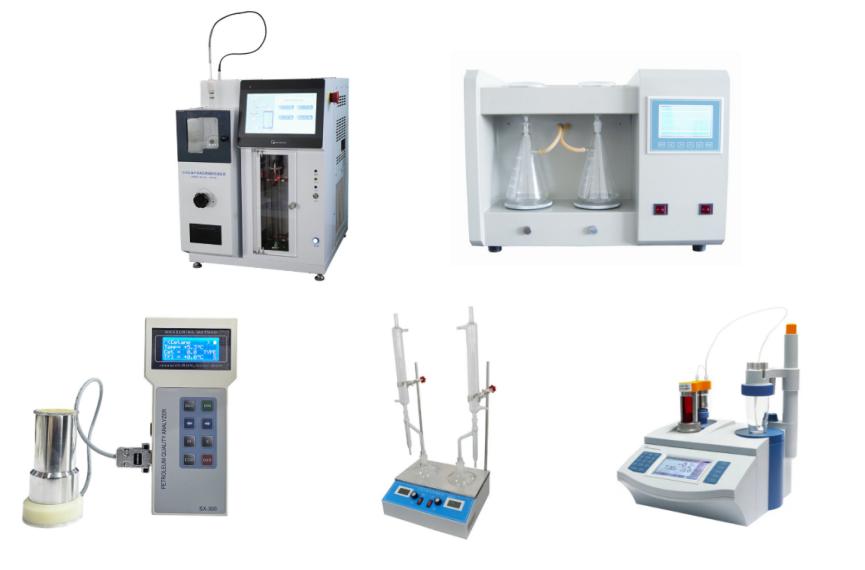
Key types of equipment include:
- Distillation Testers: Essential for determining the volatility of fuels, these testers comply with methods such as ASTM D86 and ISO 3405. They provide accurate boiling point distribution and are critical for refining and quality control processes.
- Viscosity Meters: Measuring kinematic and dynamic viscosity is vital for characterizing petroleum products. Instruments designed for ASTM D445 and ISO 3104 ensure reliable viscosity measurements for both crude oil and refined products.
- Flash Point Testers: Safety and transport classification require precise flash point determination. Pensky-Martens and Cleveland Open Cup testers, compliant with ASTM D93, ISO 2719, or IP 34, are standard in modern laboratories.
- Density and API Gravity Meters: Accurate density measurements, such as those defined in ASTM D1298 and IP 123, are fundamental for quality assessment, blending, and inventory management.
- Cold Flow Property Analyzers: Pour and cloud point testers, compliant with ASTM D97 or IP 15, ensure fuel performance in low-temperature environments.
- Water Content and Carbon Residue Analyzers: Instruments adhering to IP 19 or ASTM D95 identify contamination and residual carbon, helping maintain product integrity.
At our manufacturing facility, we integrate multi-standard functionality, automation, and digital calibration into our crude oil testing equipment and petroleum testing equipment. This allows laboratories to perform ASTM, ISO, and IP tests on a single instrument, reducing operational complexity while delivering precise, regulatory-compliant results. You can view our product page to learn more comprehensive types of petroleum testing equipment: High-Precision Petroleum Testing Equipment.
Conclusion
Staying aligned with the latest ASTM, ISO, and IP petroleum testing standards is essential for ensuring product quality, safety, and regulatory compliance in 2025. By using well-designed petroleum testing equipment and crude oil testing equipment that meet these standards, laboratories and refineries can achieve accurate, repeatable, and globally recognized results. Standard-compliant instruments not only improve operational efficiency but also build credibility with clients and regulatory bodies.


